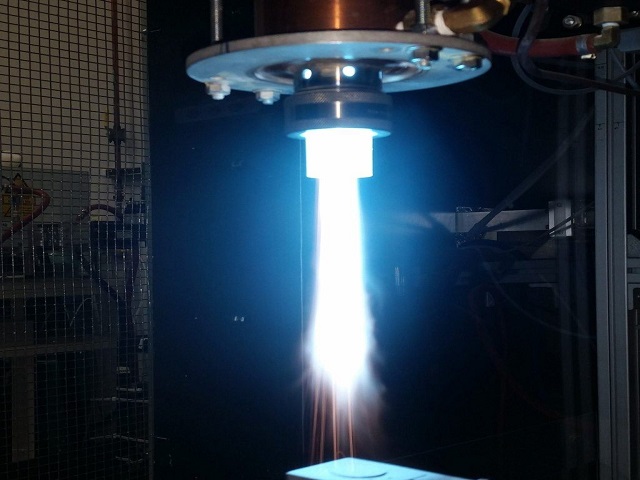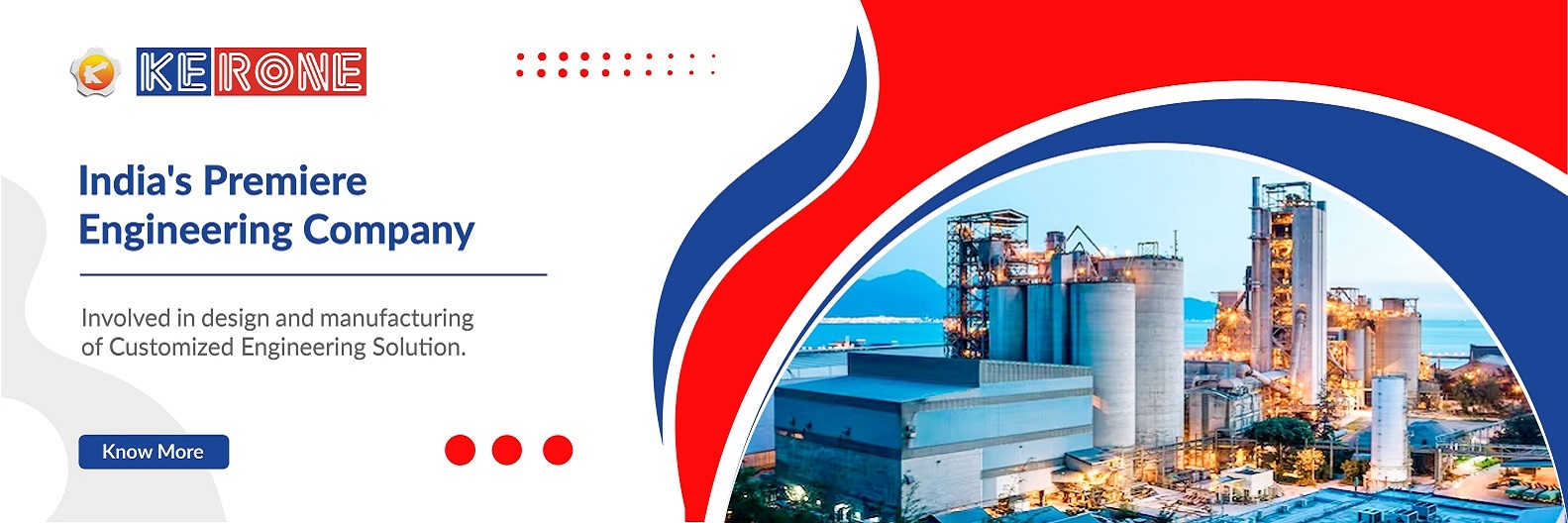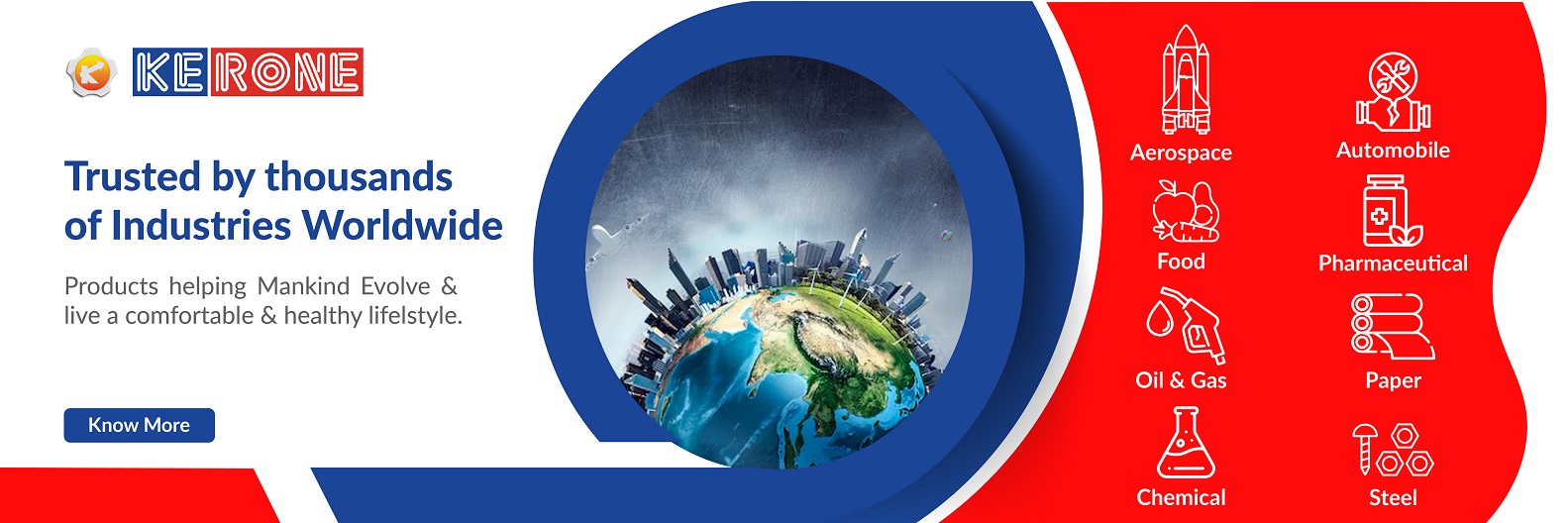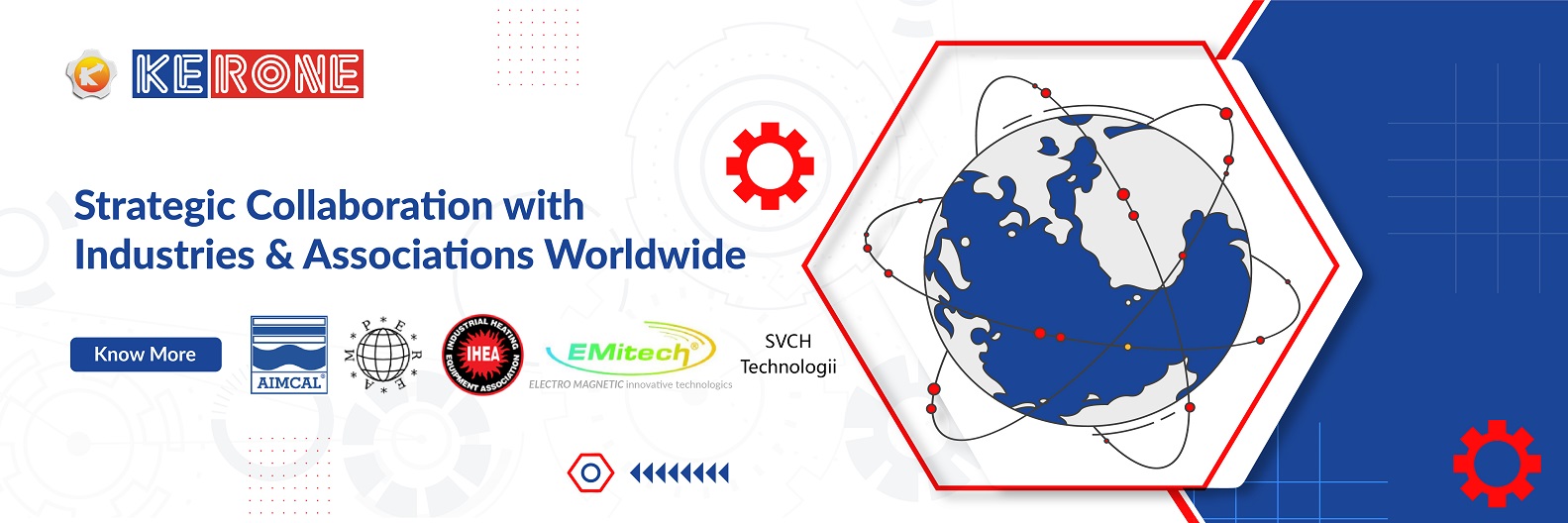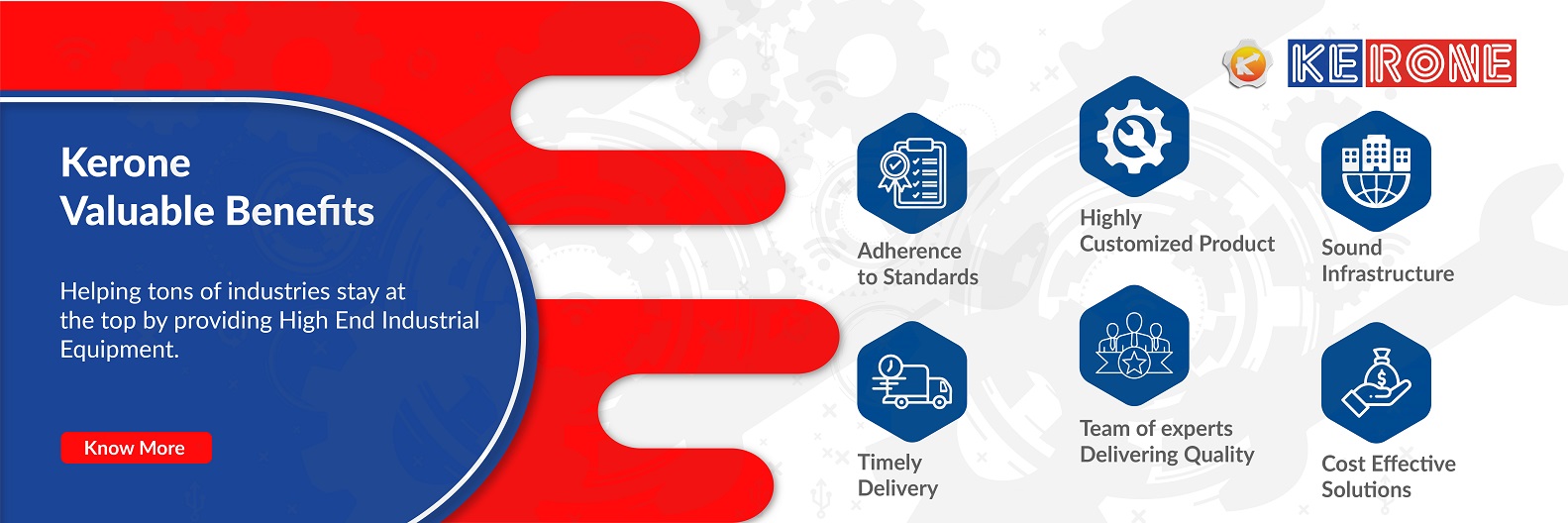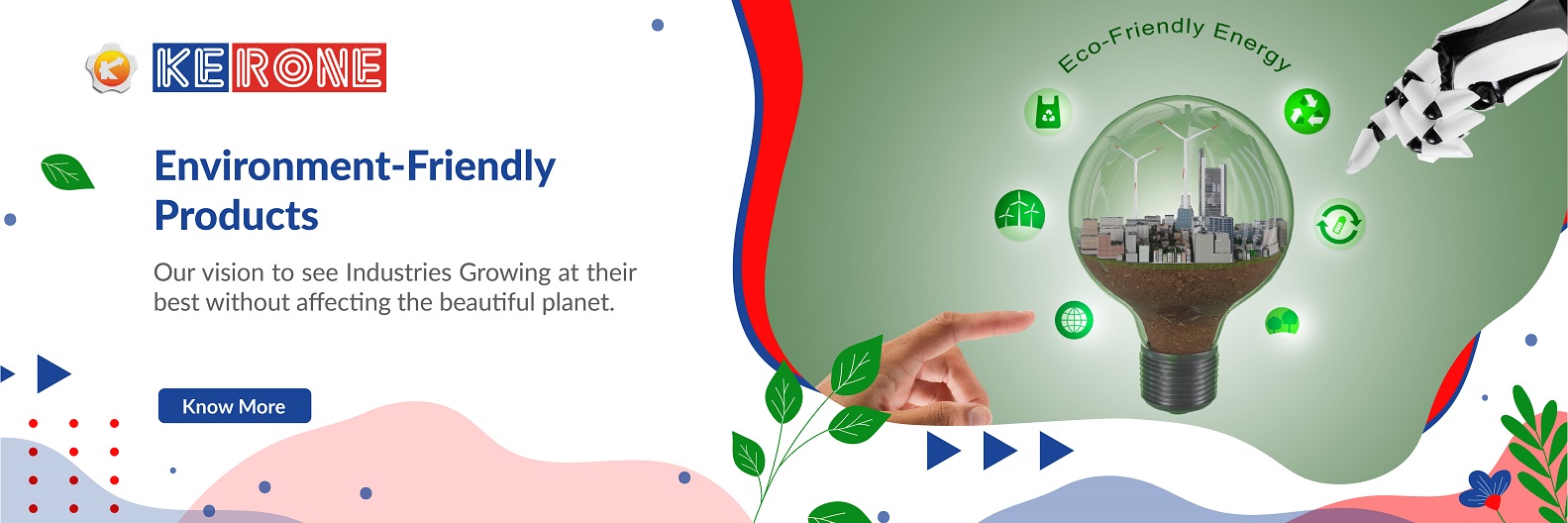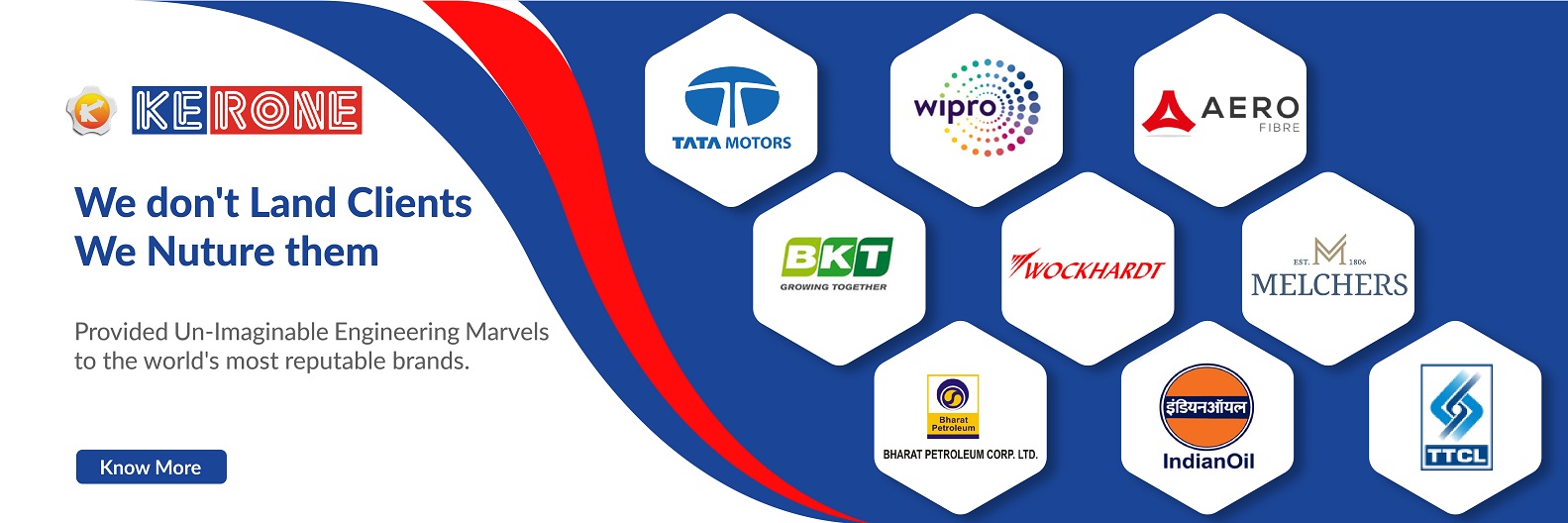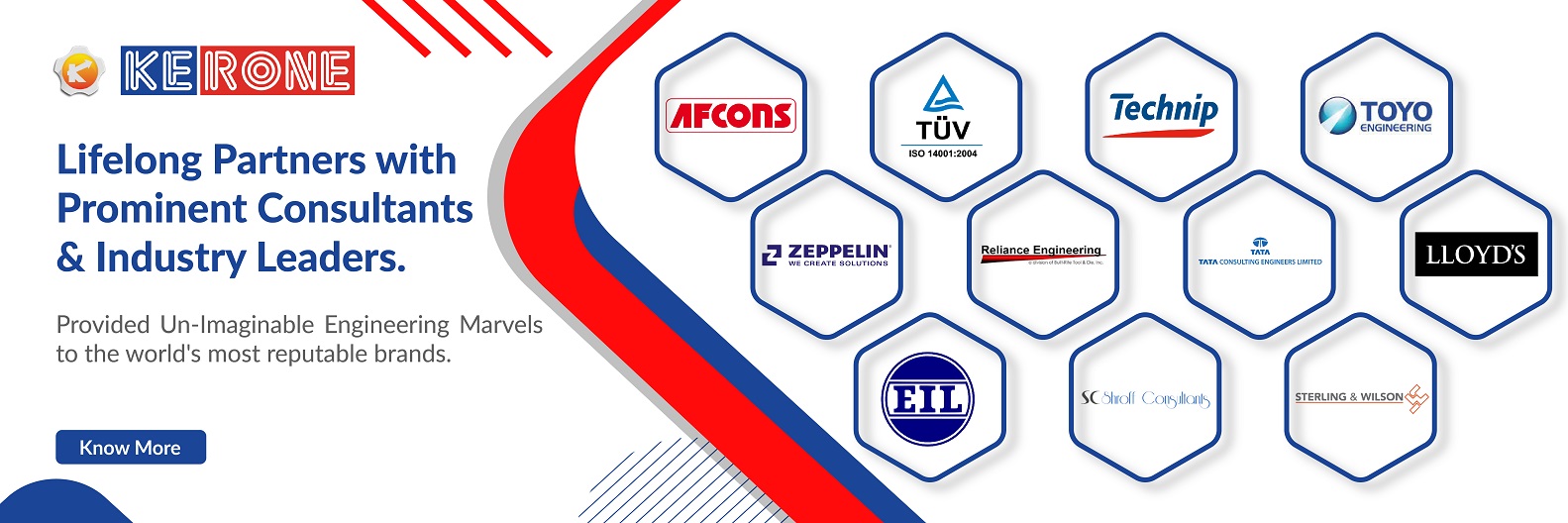Microwave Plasma Technology
Microwave plasma technology refers to a method of creating and controlling plasma using microwave energy. Plasma is considered the fourth state of matter and is formed when a gas is heated to extremely high temperatures, causing the atoms to ionize and become electrically charged.
In traditional plasma systems, such as those used in fluorescent lights or plasma TVs, the plasma is generated through direct electrical discharge or radio frequency (RF) energy. Microwave plasma technology, on the other hand, utilizes microwaves to create and sustain the plasma.
The basic setup of a microwave plasma system involves a microwave generator, a waveguide, and a plasma chamber. The microwave generator produces high-power microwaves, typically at a frequency of 2.45 GHz, which are then guided into the plasma chamber through a waveguide. The microwaves excite the gas molecules in the chamber, causing them to collide and ionize, forming a plasma.
Microwave plasma technology offers several advantages over other plasma generation methods. First, microwaves can penetrate deep into the plasma, allowing for efficient energy transfer and uniform heating. This characteristic is particularly useful in applications such as material processing, surface treatment, and plasma-enhanced chemical vapor deposition (PECVD).
Furthermore, microwave plasma systems can operate at atmospheric pressure, eliminating the need for vacuum chambers and associated equipment. This makes them more versatile and easier to integrate into various industrial processes. The ability to operate at higher pressures also enables better control over plasma chemistry and reaction kinetics.
Microwave plasma technology finds applications in various fields, including nanotechnology, semiconductor manufacturing, surface modification, waste treatment, and environmental remediation. It is employed for processes such as thin film deposition, plasma etching, plasma-enhanced atomic layer deposition (PEALD), and plasma-assisted combustion.
Application- Material Processing and Surface Modification
- Thin Film Deposition
- Semiconductor Manufacturing
- Waste Treatment and Environmental Remediation
- Plasma-Assisted Combustion
- Medical Applications
- Food Processing
- Efficient Energy Transfer
- Atmospheric Pressure Operation
- Precise Control
- Versatility
- Scalability
- Reduced Contamination
- Safety
These features contribute to the effectiveness and versatility of microwave plasma technology in various industrial processes. The ability to efficiently transfer energy, precise control over plasma parameters, and flexibility in operation make it a valuable tool for applications ranging from material processing and surface modification to waste treatment and environmental remediation.
Kerone, develops and manufactures advanced microwave plasma systems for various applications, including semiconductor processing, surface treatment, and research. Their product range includes microwave plasma sources, plasma etching systems, and plasma-enhanced chemical vapor deposition (PECVD) systems. Our systems are used for research and analysis in areas such as surface chemistry, materials science, and plasma diagnostics.
